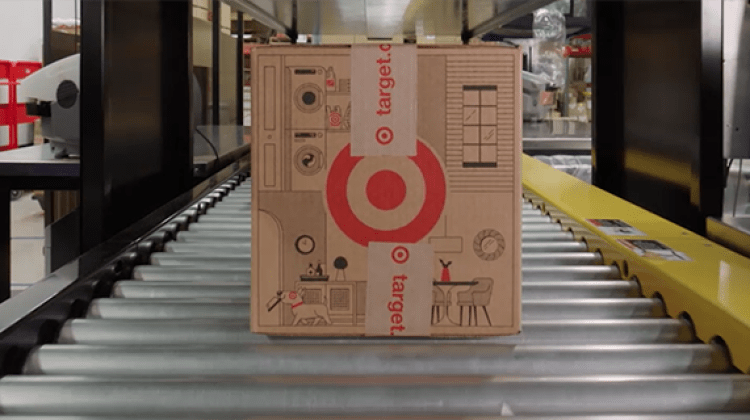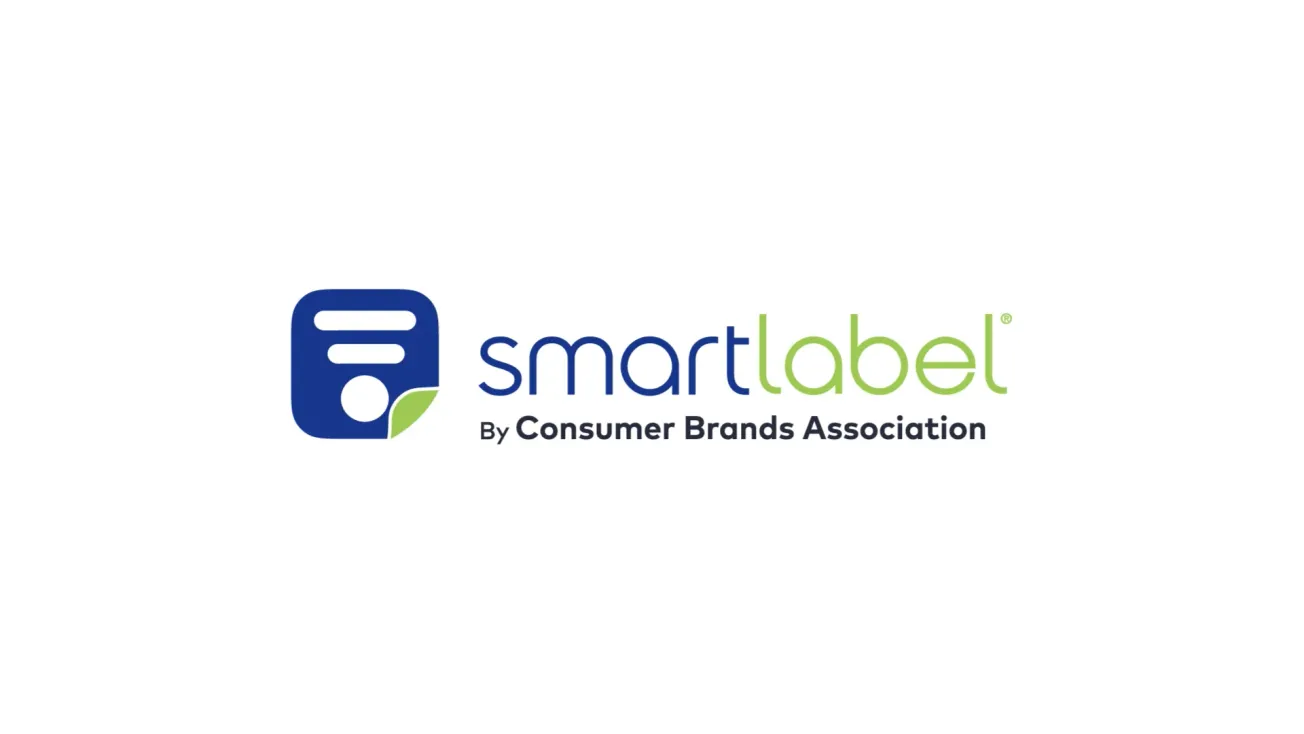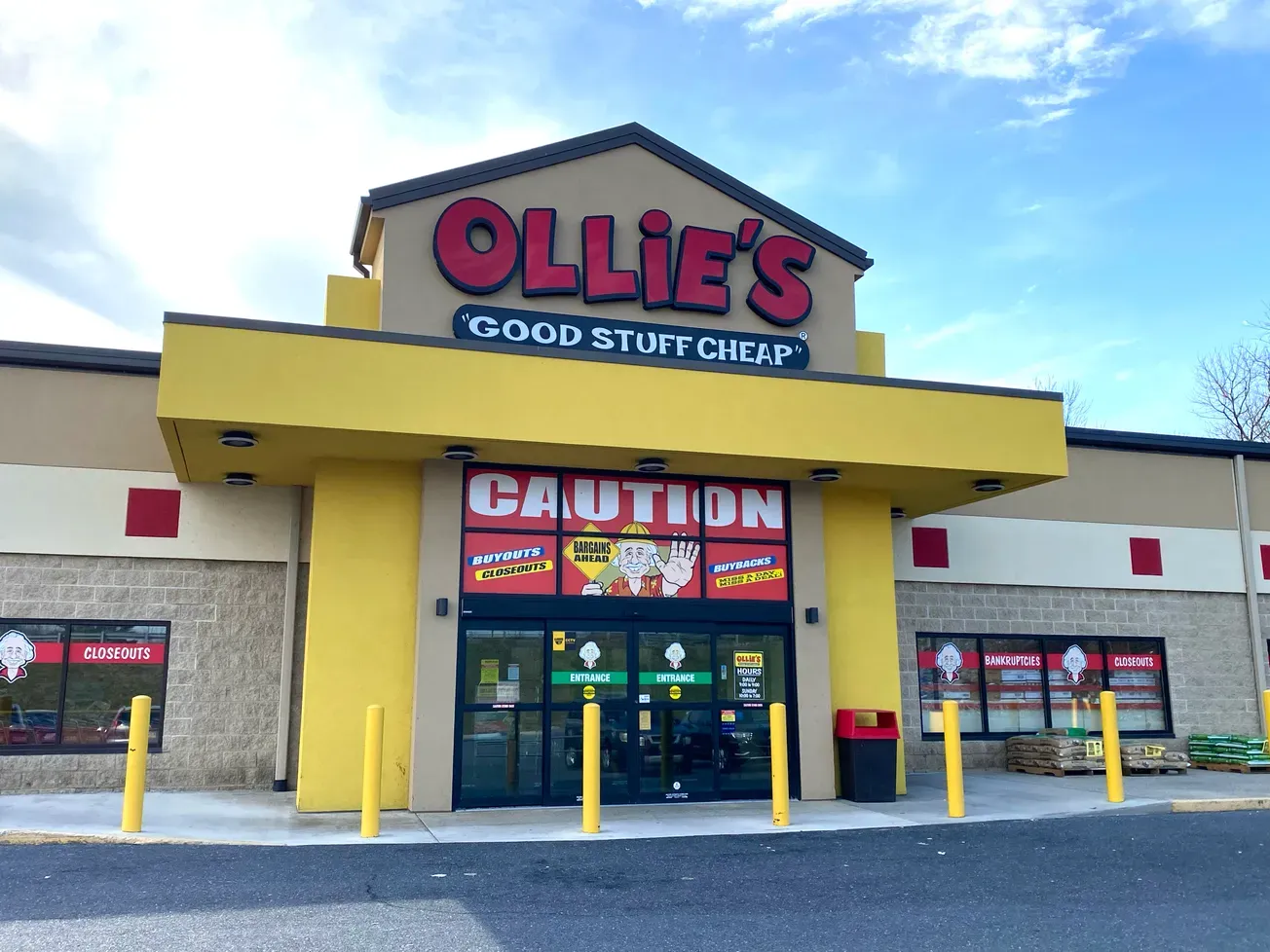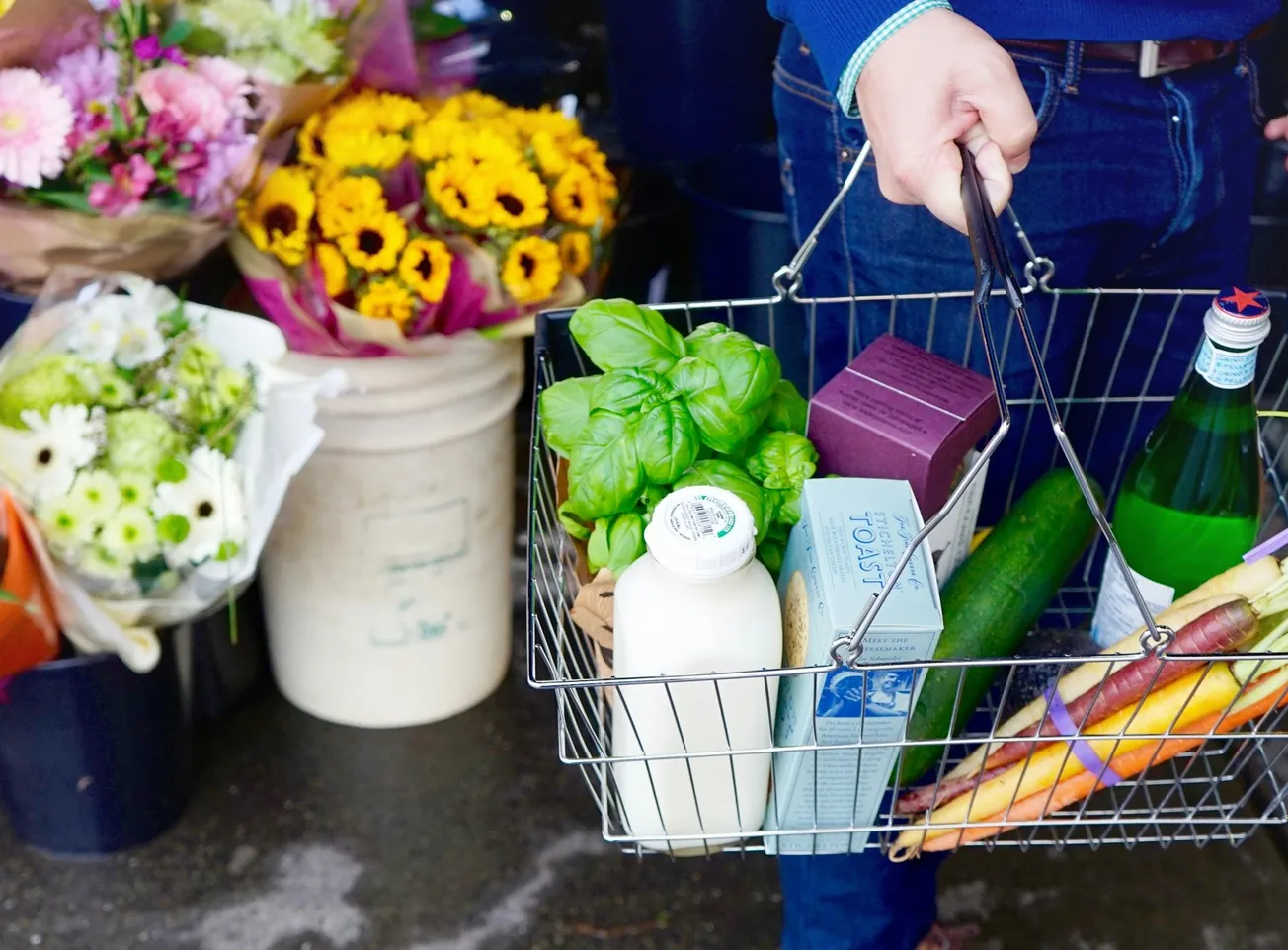
MINNEAPOLIS — Target plans to invest $100 million to expand its next-day delivery infrastructure, including by adding new sortation centers that make its store-as-hub delivery model more efficient.
“The stores-as-hub model is really centered around this assumption that we can use the store in a guest’s local community to fill all their needs,” explains Sara Thomas, Target’s vice president of global supply chain and logistics. “So, in our back rooms we have team members that are continuously processing digital orders.”
The way the process works is that the store receives an order, and a store team member picks the item and packs it in a box. Those boxes are then sorted for delivery. But the addition of a sortation center centralizes that part of the process, making it more efficient and also freeing store team members to just focus on picking and packing orders.
“This unlocks our ability to do even more fulfillment from our stores,” Thomas says.
Target says the sortation centers represent the next phase in its store-as-hubs model, ensuring faster delivery for customers, saving shipping costs and fueling the retailer’s long-term growth.
Target piloted its first sortation center in Minneapolis in 2020, sorting online orders efficiently and quickly for delivery to local neighborhoods by a third-party carrier or Shipt delivery route, depending on the lowest-cost carrier option.
Target currently has nine sortation centers — located in Minnesota, Texas, Colorado, Illinois, Georgia and Pennsylvania — which include the three most recent facilities that opened in the greater Chicago and Denver metro areas. With this $100 million investment, the company is planning to build more than a half dozen additional facilities, growing its network to more than 15 facilities by the end of 2026.
“Now more than ever, our guests rely on us to deliver their everyday essentials and Target favorites when they want and need them most,” says Gretchen McCarthy, Target’s chief global supply chain & logistics officer. “Through our sortation centers and Target Last Mile Delivery capabilities, we’re able to move faster and with more precision — while controlling costs and expanding our network capacity — for years to come.”








